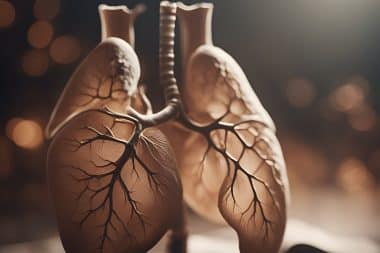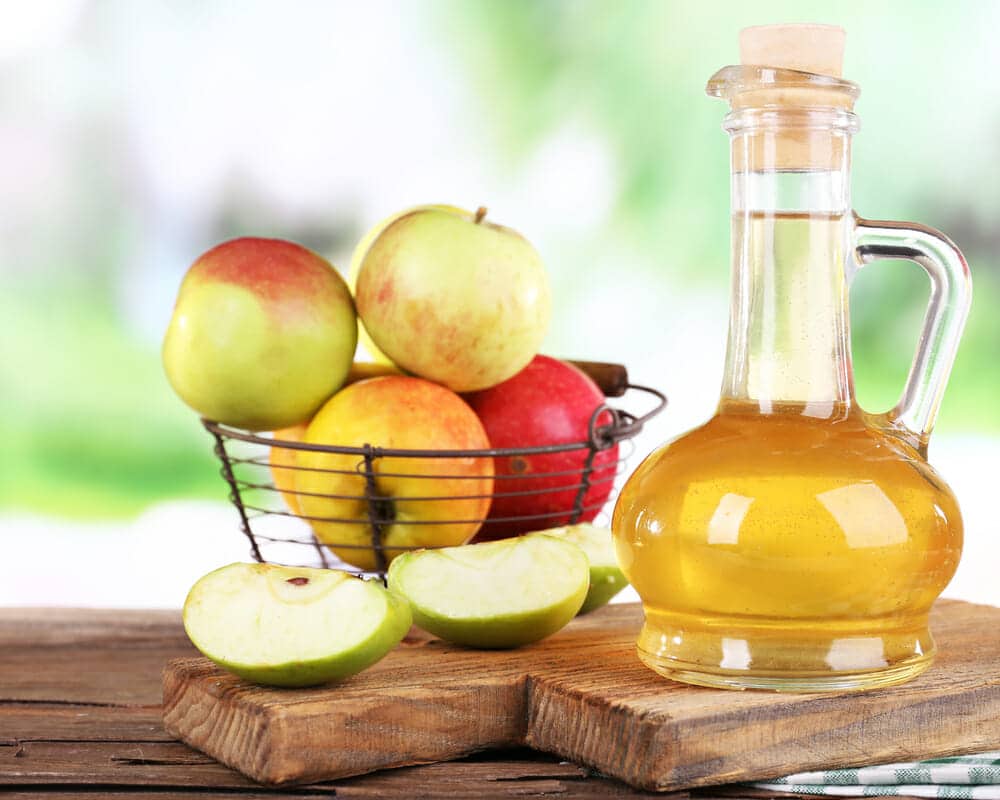Many individuals have some conception on what salmonella is, with many thinking it is only food poisoning as a result of undercooked meat. This theory is partially true as that is one of the main ways salmonellosis is contracted, but it only one method of many. The strand of bacterium called salmonella is responsible for a variety of illnesses, including but not limited to: gastroenteritis, enteric fever, typhoid fever, and the aforementioned food poisoning.

Causes of Salmonella

Meat, Poultry, and Fish: Often the contamination happens during the slaughter process for the meat and poultry. Fish can sometimes be fished out of polluted water, resulting in the presence of the bacteria.
Fruits and Vegetables: These are the same as fish in that if they are washed with contaminated water the contamination can spread. However these can also pick up contamination by having the preparer of the food use less than ideal kitchen habits such as preparing raw meat before handling the fruits.
Uncooked Eggs: If an infected hen lays eggs, there is the chance the bacteria can spread to the eggs. Although very few foods consist of raw eggs, it is still a potential risk.
Poor Hygiene: It is paramount for a person handling potentially contaminated items to wash their hands before touching any other food object. Objects that have particles of feces in them, such as diapers or the crates of pets, are also a potential contaminate that requires hand washing after contact.
Symptoms of Salmonella

Treatment of Salmonella
In words a patient almost never wants to hear, the treatment for gastroenteritis Salmonella is just to allow it time to run its course. While the patient is undergoing the infection, it is crucial to keep fluid in-take at a high level and to monitor the hydration of the patient constantly. If it is believed that the bacterium has entered through the blood, it is possible for the patient to be pre-scribed antibiotics to combat this.
Prevention is as simple as practicing good hygiene while handling food, by washing your hands beforehand and after touching anything that could be considered a contaminate. Also make sure the food that is to be eaten is cooked thoroughly, and be careful where you ingest water from.






